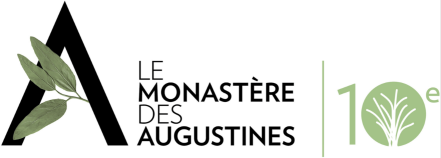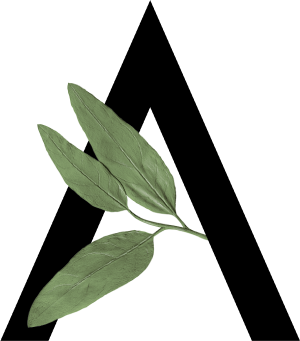Cultivating Wellness Through Art
“Art is good for you” has been a popular saying over the past few years. It’s concise, but meaningful: art truly has the power to humanize, question, soothe, and touch. “Art washes away from the soul the dust of everyday life,” said Pablo Picasso. So why deprive yourself?
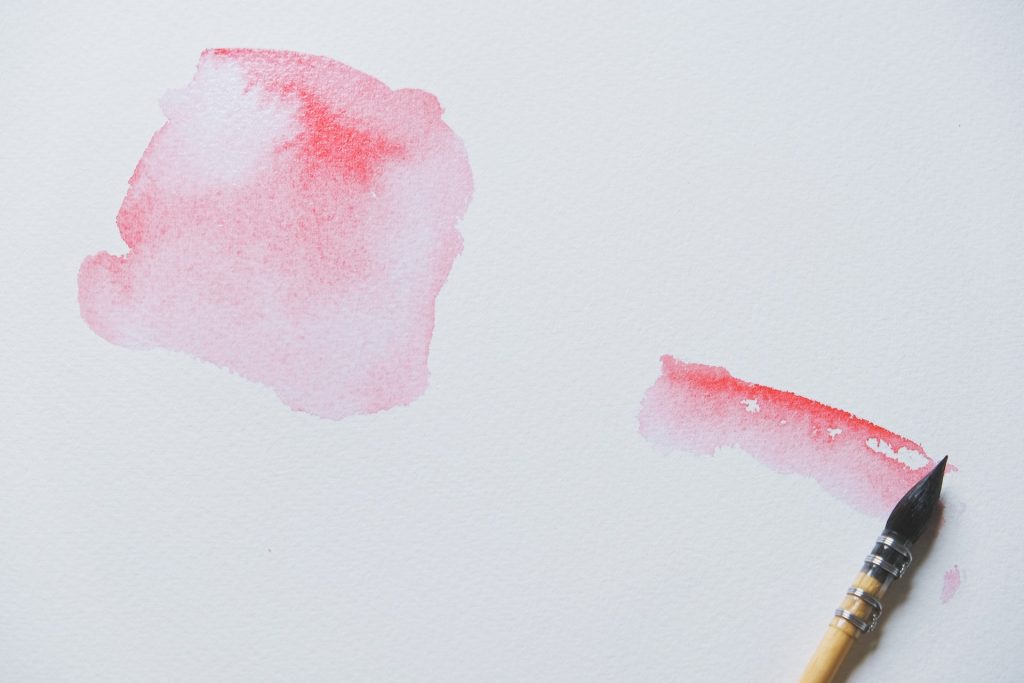
Creation is key
Every day, humans call on their creativity to overcome difficulties both big and small, and find a way to adapt to their environment. Creativity fosters innovation and helps you transform obstacles into positive opportunities. However, on rarer occasions, creativity manifests itself in a more spontaneous and liberated way for the simple emotional pleasure it conjures. Many individuals underestimate their creativity, and have a negative perception of their own artistic ability. But according to art therapist Pat B. Allen, creativity is within each of us, waiting to be unleashed.
From a biological standpoint, creativity calls on the brain’s right hemisphere, which is linked to imagination, intuition, images, emotions, and spatiotemporal abilities. As for your left brain, it controls analytical functions such as linear thinking and logic. In a Western society such as ours where everything is about performance, we don’t tend to solicit the right side of our brain as often. Creating helps us increase our brain activity to fully honour and express our humanity.
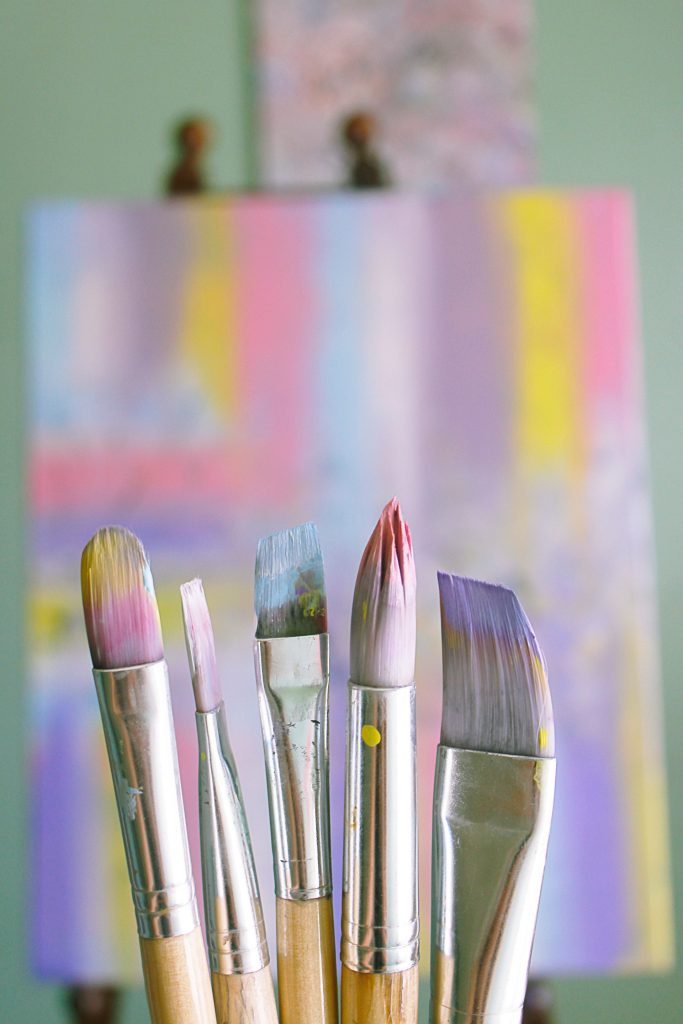
The benefits of art appreciation
Art history is the field that first allowed me to experience the benefits of art; by observing pieces of art for several minutes, I learned to bring its colours, shapes, and characters to life under my gaze. Having worked at a Quebec museum institution, I also became a privileged witness to visitors’ emotions and experiences. I often noticed people being very immersed in a piece that struck a chord with them, trying to understand its meaning, and weaving their interpretations together with their personal experience.
A study published in 2011 by neurobiologist and professor Semir Zeki puts words on this type of experience[1]. The researcher took an interest in volunteers’ brain activity as they contemplated artwork they considered valuable. In doing so, Zeki drew similarities between the psychological effects of being in love and those brought on by viewing art. In other words, the brain, and more specifically the orbitofrontal cortex, reacts the same way and releases dopamine no matter whether you’re in love or staring at a work of art. Fascinating, isn’t it?
Why art is so important
Listing all the benefits of the artistic experience would be tedious, not to mention that they are very specific to each person. However, it is undeniable that creativity offers an avenue for communicating differently. Art allows you to express yourself, externalize your emotions, improve your self-esteem, stimulate your curiosity, look inward, boost your concentration, reduce feelings of stress, and break your isolation, to name just a few benefits. Art can be enjoyed by any curious individual regardless of their age, physical or mental condition, and artistic experience.
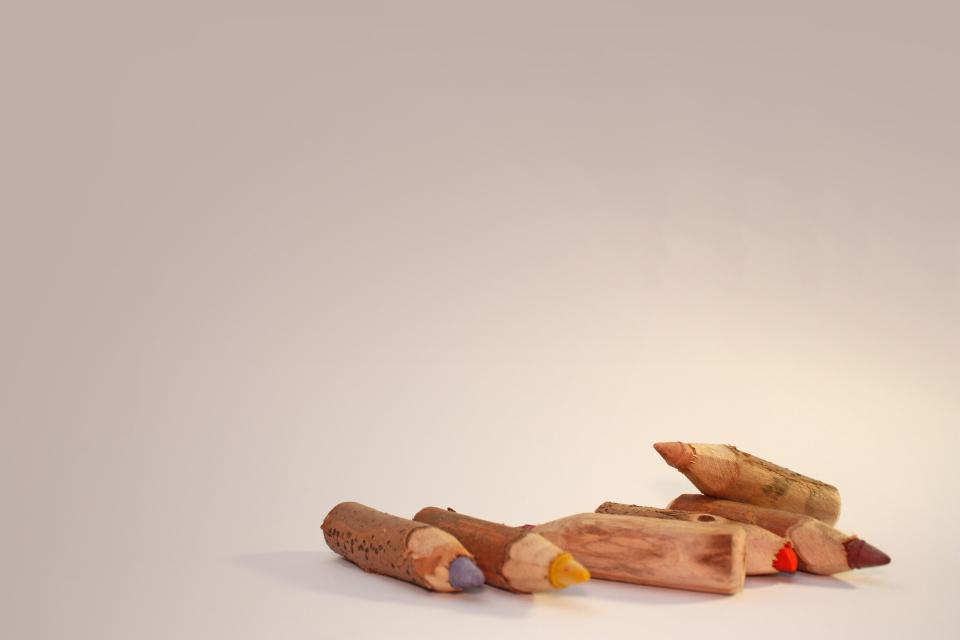
An opportunity to unleash your creativity
Our Creative Gatherings (Les Rendez-vous de création), which take place on the first Sunday of every month, allow you to reconnect with yourself while exploring your inner essence through creativity. As every person is unique, the activity consists of an open workshop where you can respect your own creative rhythm and express yourself through the medium of your choice. The workshop takes place in silence with the goal of helping people look inward while honouring an Augustinian Sisters tradition. For this purpose, a theme in line with the religious community’s values is suggested to promote thought and provide creative direction if desired. Each workshop is offered in a warm, non-judgmental atmosphere to foster, reconnect with, or explore your creativity. Dare to express yourself and enjoy a different kind of renewal experience!
[1] Alleyne, Richard. Viewing art gives the same pleasure as being in love. The Telegraph, May 8, 2011.
